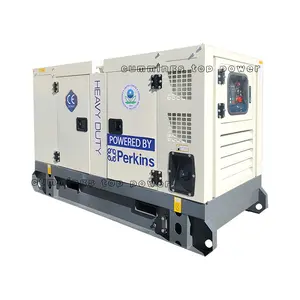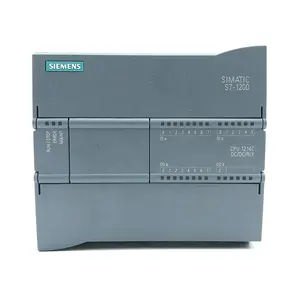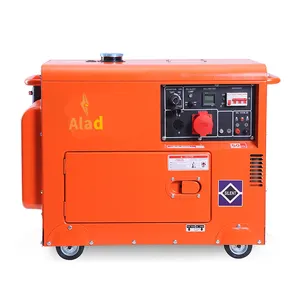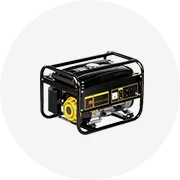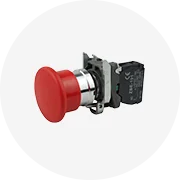Phổ biến trong ngành của bạn

Nhà sản xuất của trực tiếp cung cấp 36KV Silicone cao su điện sét Surge arrester điện áp cao chiếu sáng arrester
16,00 US$ - 19,90 US$
Đơn hàng tối thiểu: 100 Cái
Vận chuyển mỗi chiếc: 8,83 US$


Guardwell bảo vệ điện áp AC 385V 3P 20ka bảo vệ Tăng ánh sáng arrester SPD sấm sét arrester
5,00 US$ - 8,58 US$
Đơn hàng tối thiểu: 5 Cái
Vận chuyển mỗi chiếc: 3,78 US$


YIKA Thiết Bị Chống Sét Cao Su Silicon 21KV 5KA 10KA Thiết Bị Chống Sét Tăng Áp Polymer 21 KV
15,00 US$ - 45,00 US$
Đơn hàng tối thiểu: 100 Cái


Keeya RVO-10U1 nhà máy trực tiếp Chất lượng cao polymer sét arrester Surge arrester thu nhỏ Polymer loại sét arrester
55,00 US$ - 762,00 US$
Đơn hàng tối thiểu: 5 Cái


Guardwell thiết bị bảo vệ tăng áp SPD 3P/40kA 1200V Thiết bị chống sét hộ gia đình bảo vệ điện áp 40kA
15,43 US$ - 17,71 US$
Đơn hàng tối thiểu: 5 Cái
Vận chuyển mỗi chiếc: 4,13 US$


Tốt nhất saleshigh chất lượng trạm điện loại ngoài trời phân phối điện áp cao kẽm chiếu sáng arrester
50,00 US$ - 300,00 US$
Đơn hàng tối thiểu: 5 Cái

Thiết Bị Bảo Vệ Chiếu Sáng Polymer Cao Su Silicone Công Suất Phóng Điện Cao IEC Nhà Sản Xuất Chuyên Nghiệp Thiết Bị Chống Sét 18KV
13,00 US$ - 15,00 US$
Đơn hàng tối thiểu: 5 Cái


Truyền tải điện dòng tháp type class 1 polymer surge arrester với kema
1,00 US$ - 1,50 US$
Đơn hàng tối thiểu: 1 Cái

10kA 12kv Polymer nhà ở trạm loại Surge arrester 15KV sét arrester
30,00 US$ - 100,00 US$
Đơn hàng tối thiểu: 50 Bộ

Nhà sản xuất tùy chỉnh qinghang kim loại kẽm Oxit Surge arrester 12kv loại composite Polymer sét arrester
6,00 US$ - 40,00 US$
Đơn hàng tối thiểu: 1 Bộ

2022 Loại Thiết Bị Chống Sét Polymer Điện Áp Cao Bán Trực Tuyến
15,00 US$ - 35,00 US$
Đơn hàng tối thiểu: 100 Cái
Các danh mục hàng đầu
Giới thiệu về polymer loại ánh sáng arrester
Alibaba.com cung cấp các sản phẩm 21 polymer loại ánh sáng arrester. Có rất nhiều polymer loại ánh sáng arrester lựa chọn dành cho bạn, chẳng hạn như thép, thép không gỉ, và kim loại. Bạn cũng có thể chọn từ bảo vệ, điện áp cao, và chiếu sáng bảo vệ polymer loại ánh sáng arrester. Cũng như từ màu đỏ, màu xám polymer loại ánh sáng arrester.Và bất kể polymer loại ánh sáng arrester là polymer, silicon cao su.

